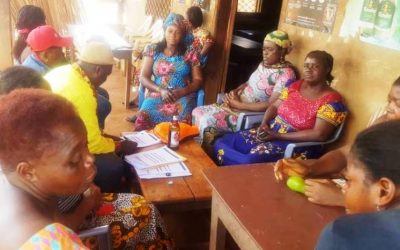
A rough assessment during the current crisis in the North West Region of Cameroon so far identifies the following problems that need urgent attention:
Shortage of food due to increased consumption as households have increased with Internally Displaced Persons (IDP)
Overcrowded shelters as host communities lack centres to host IDPs so are forced to host them in their homes with very little resources/facilities like beds, blankets, beddings, washing soap etc to cater for them
Children are out of schools as some schools have been burnt down. Even in the host communities, these children can’t continue schooling as they can’t afford the school fees and provide the necessary learning material needed.
Healthwise, due to poor feeding as people flee to relocate in different places, there are recorded cases of malnutrition among children. Diseases such as diarrhea, malaria, typhoid and respiratory tract infections are common. Due to the tensions that combats between the military many civilians have sustained wounds, fractures injuries and gunshots. Community health structures are poorly equipped to handle such cases.
Water and sanitation have also been major concerns as small villages received an influx of IDPs bearing too much pressure on host communities in terms of hygiene. There is a lot of open-air defecation and water sources are contaminated. It should be noted that these local communities do not have pipe borne water and rely on the flowing streams and rivers or open unprotected wells for water. Worst still many villagers do not have latrines in their compounds and those who have practiced the simple hole method behind their homes expose their food and environment to be contaminated by germs.
The above impact assessment indicates the level of need and vulnerability of the local populations in the face of the Anglophone crisis.
CHANGE CARE IS THEREFORE SOLICITING FOR ASSISTANCE TO PROVIDE THE NEEDED HELP TO THESE COMMUNITIES WHOSE LIVELIHOODS ARE UNCERTAIN IN THE COMING DAYS.
